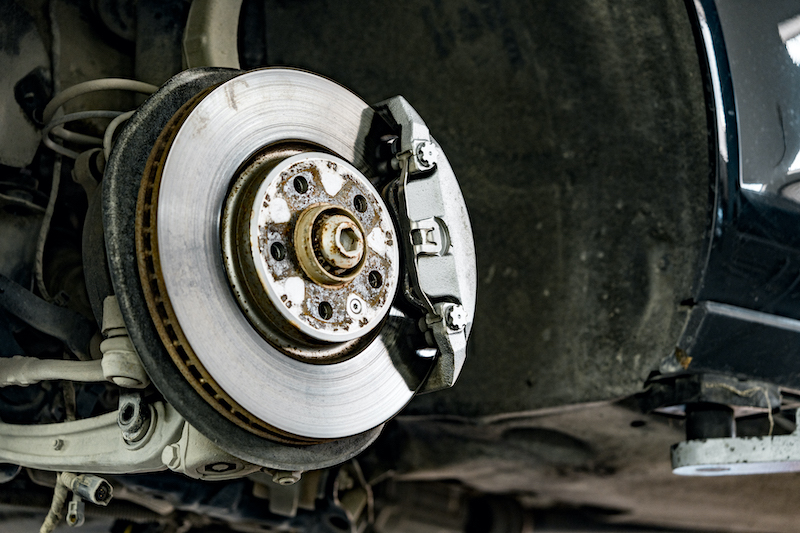5 Tips for Troubleshooting Car Heating System Problems

During the winter season, there’s nothing more unwelcome than a malfunctioning car heating system leaving you in the cold. A comfortable driving experience hinges on an efficient heating system, and when issues arise, understanding how to troubleshoot them becomes crucial.
In this blog, we’ll talk about some common car heating system problems and equip you with practical solutions to deal with them. From identifying subtle signs of trouble to diving into the intricacies of thermostat calibration and heater core maintenance, we’ll empower you to take charge of your car’s warmth.
Whether it’s diagnosing blower motor malfunctions affecting airflow or ensuring optimal coolant levels, we’ve got you covered. These tips will help you fix your car heating system issues and keep your winter drives cosy and problem-free.
Let’s dive in!
1. Identifying the Problem

Detecting early signs of heating system trouble is the key to a warm and comfortable driving experience. Common indicators of such issues may include inadequate heat output, peculiar odours, or unusual noises coming from the system.
When you recognise these subtle cues, it allows for timely intervention, preventing minor issues from escalating into major malfunctions. By being attuned to these signs, you can quickly pinpoint car heating system problems and begin implementing troubleshooting measures.
This initial step can ensure effective problem-solving to keep your car’s heating system in optimal condition throughout the winter months. This will provide consistent warmth during every journey.
2. Checking the Thermostat
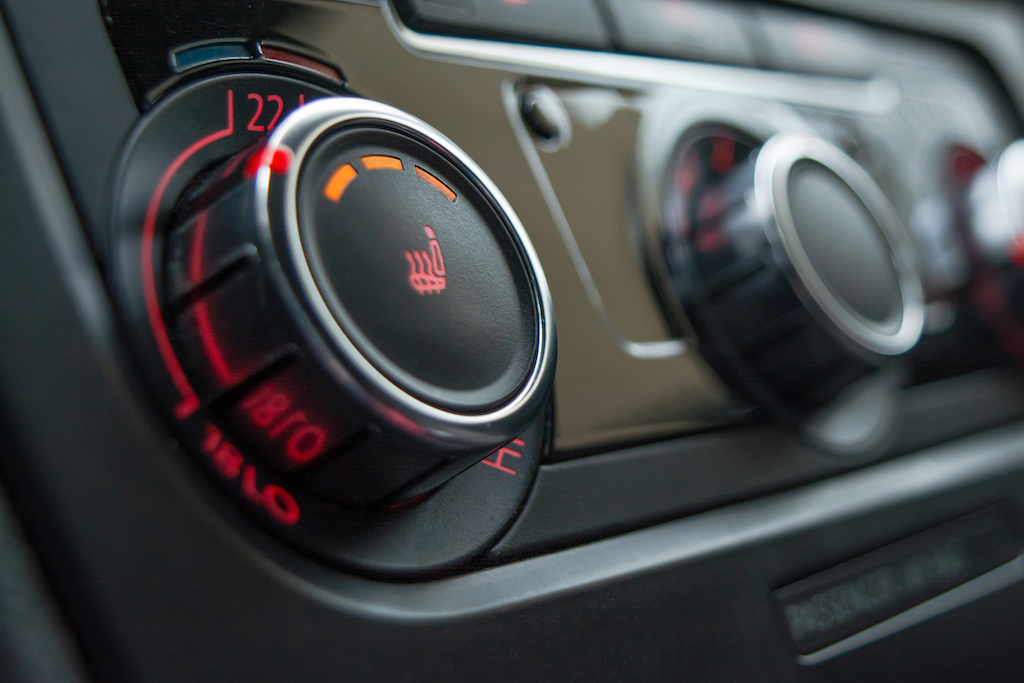
Verify the functionality of your car’s thermostat for a well-regulated heating system. The thermostat acts as the control centre, determining the temperature of the circulated air in your car.
To ensure proper temperature control, you have to learn to conduct periodic tests and calibrations. This involves checking for accuracy in temperature settings and responsiveness to adjustments. In case of a malfunctioning thermostat, your car is likely to experience inconsistent heat output or, in extreme cases, complete failure of the heating system.
With this essential component in ideal condition, you’ll be able to enjoy precise control over your car’s interior climate. This will enhance your comfort during colder seasons and ensure a smooth driving experience.
3. Inspecting the Heater Core
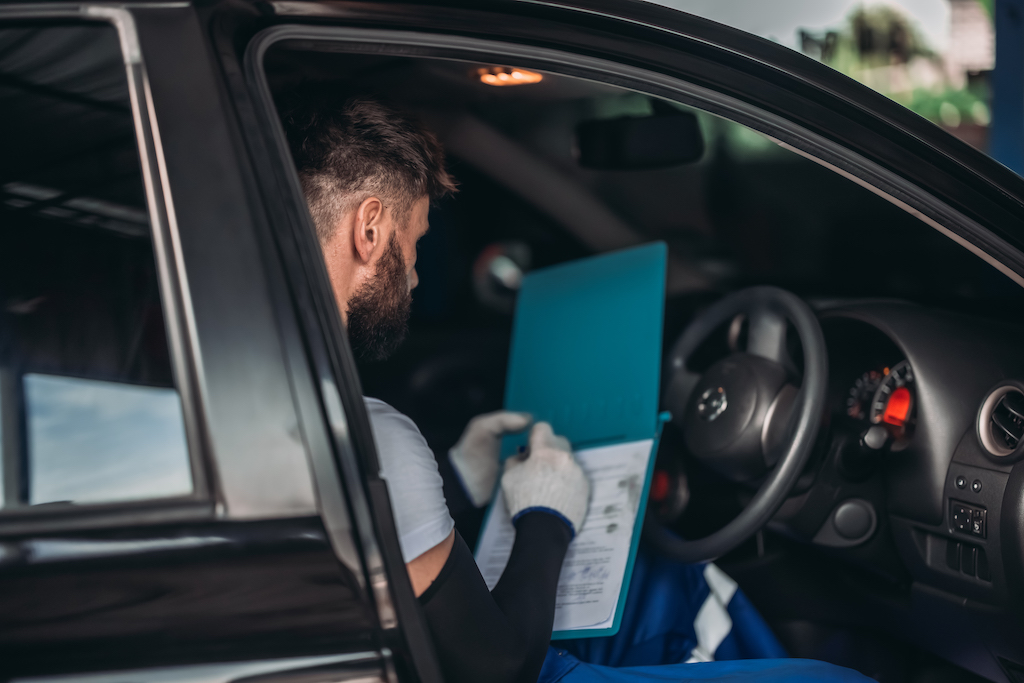
The heater core is the heart of your car’s heating system, and it’s responsible for warming the air before it enters the cabin. Regular inspection is crucial to address potential blockages and leaks, which are common issues affecting its performance.
If you’re a DIY car enthusiast, you can undertake tasks such as flushing the heater core to clear debris and prevent clogs. Moreover, by identifying and fixing leaks promptly, you can prevent coolant loss, ensuring efficient heating within the cabin.
A well-maintained heater core not only enhances warmth inside the vehicle but also contributes to the overall health and longevity of the heating system. This is where proactive inspection and maintenance can help you keep the cold at bay during winter drives.
4. Evaluating the Blower Motor
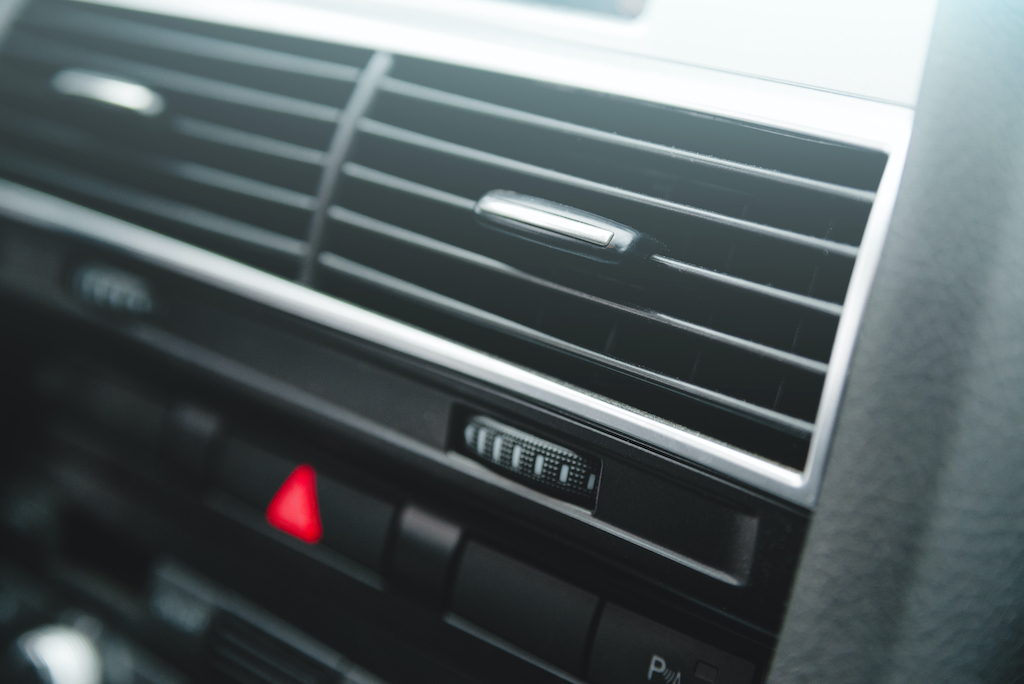
The blower motor is the powerhouse behind your car’s heating system, and it works to circulate warm air into the cabin. When airflow problems arise, it becomes crucial to diagnose the blower motor.
Common issues, such as reduced airflow or unusual noises, are signs of potential malfunctions. DIY troubleshooting for these car heating system problems involves inspecting for debris, checking electrical connections, and ensuring the motor’s functionality.
By addressing blower motor concerns promptly, you’ll not only restore optimal airflow but also prevent strain on the entire heating system. A well-maintained blower motor guarantees a consistent and comfortable flow of warm air, ensuring that your vehicle remains a cosy haven during chilly weather.
5. Assessing Coolant Levels and Circulation
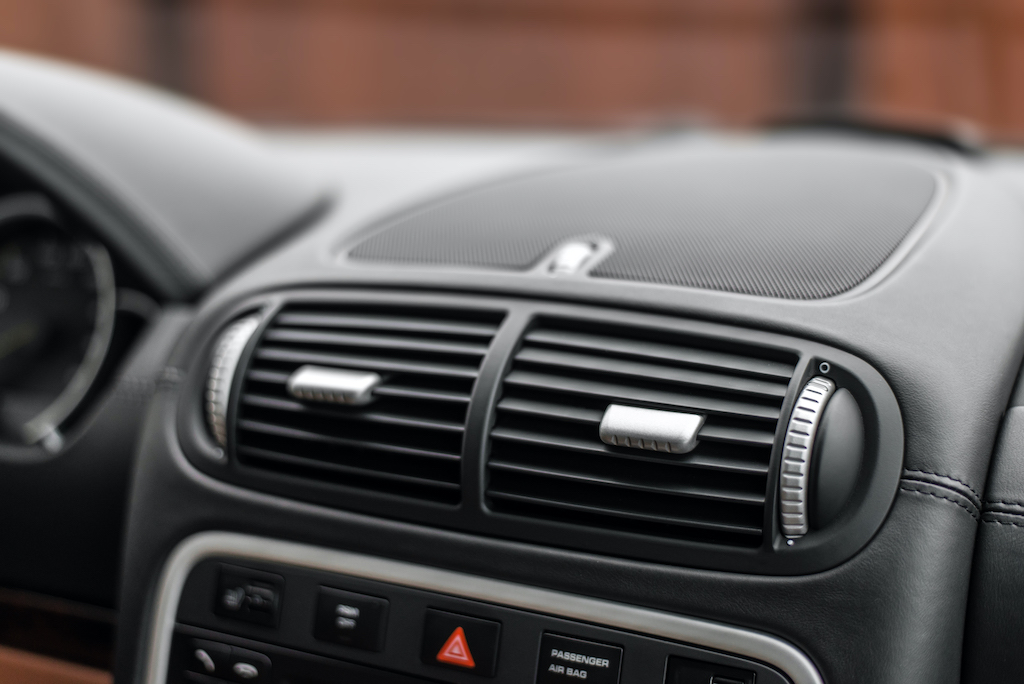
Efficient heating in your car depends on the condition of the coolant and its circulation. Regularly assessing coolant levels can help you ensure the system’s proper functioning, preventing overheating or freezing.
Moreover, by inspecting for leaks and addressing them promptly, you can maintain optimal coolant circulation. Coolant serves not only to regulate temperature but also to prevent corrosion within the heating system.
With DIY checks and timely interventions, you can guarantee that the engine stays at the right temperature, maximising the effectiveness of your car’s heating. By prioritising the assessment of coolant levels and circulation, you’ll safeguard the system against potential issues, ensuring a pleasant and trouble-free driving experience, no matter the climate.
To Maintain Your Car’s Heating System, Choose Online Automotive’s Car Parts
Now that you know how to troubleshoot these car heating system problems, explore our quality car parts for conducting DIY repairs!
At Online Automotive, we offer a comprehensive selection of high-quality replacement parts, carefully curated to meet your car repair needs. Our competitive prices also ensure that you get the best value for your money.
With expert product descriptions and responsive customer support, we strive to make your shopping experience seamless. Trust us to be your reliable partner in the world of DIY car repairs, ensuring that your journey is convenient and hassle-free.
Explore our range of products and get in touch with us today!




